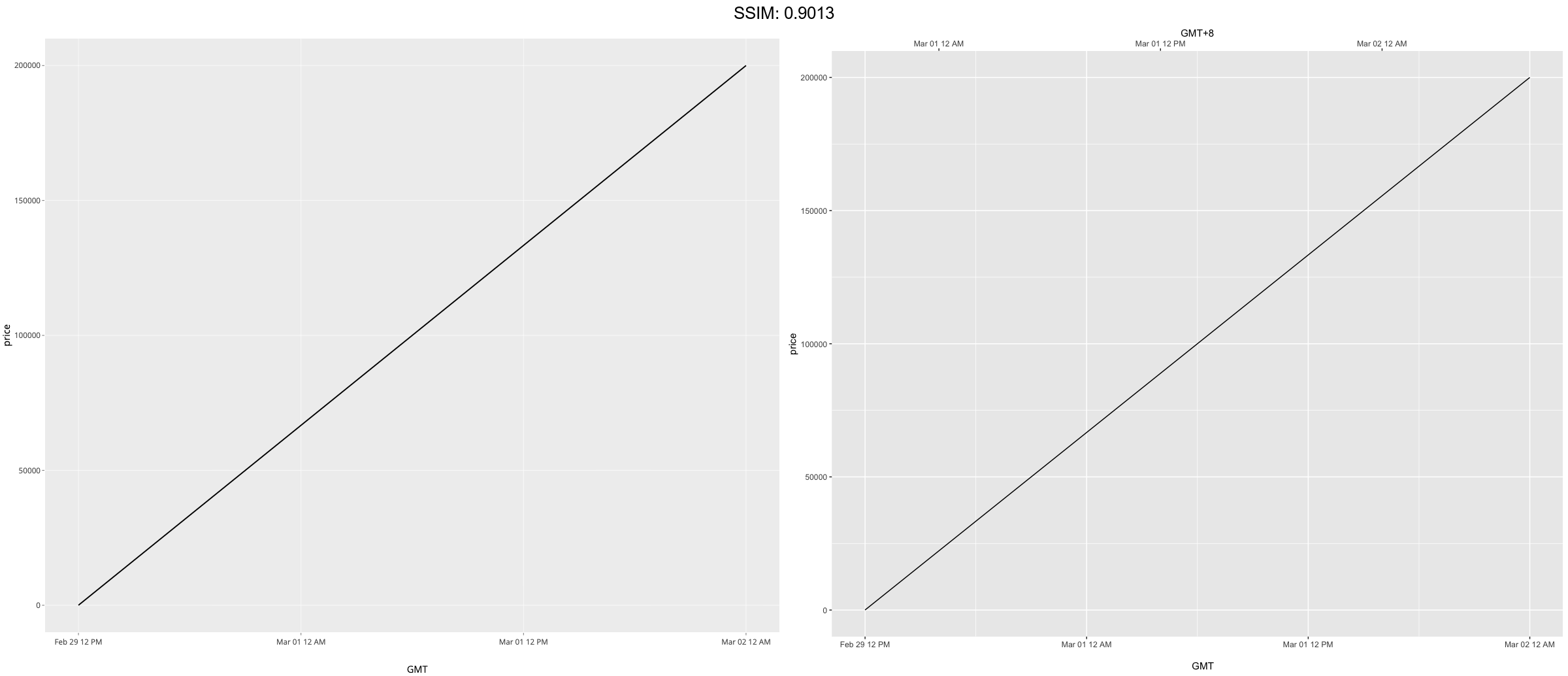GGPLOT - sec_axis
This function is used in conjunction with a position scale to create a secondary axis, positioned opposite of the primary axis and then convert them with ggplotly.
p <- ggplot(mtcars, aes(cyl, mpg)) + geom_point() p <- p + scale_y_continuous(sec.axis = sec_axis(~ . + 10))
plotly::ggplotly(p)

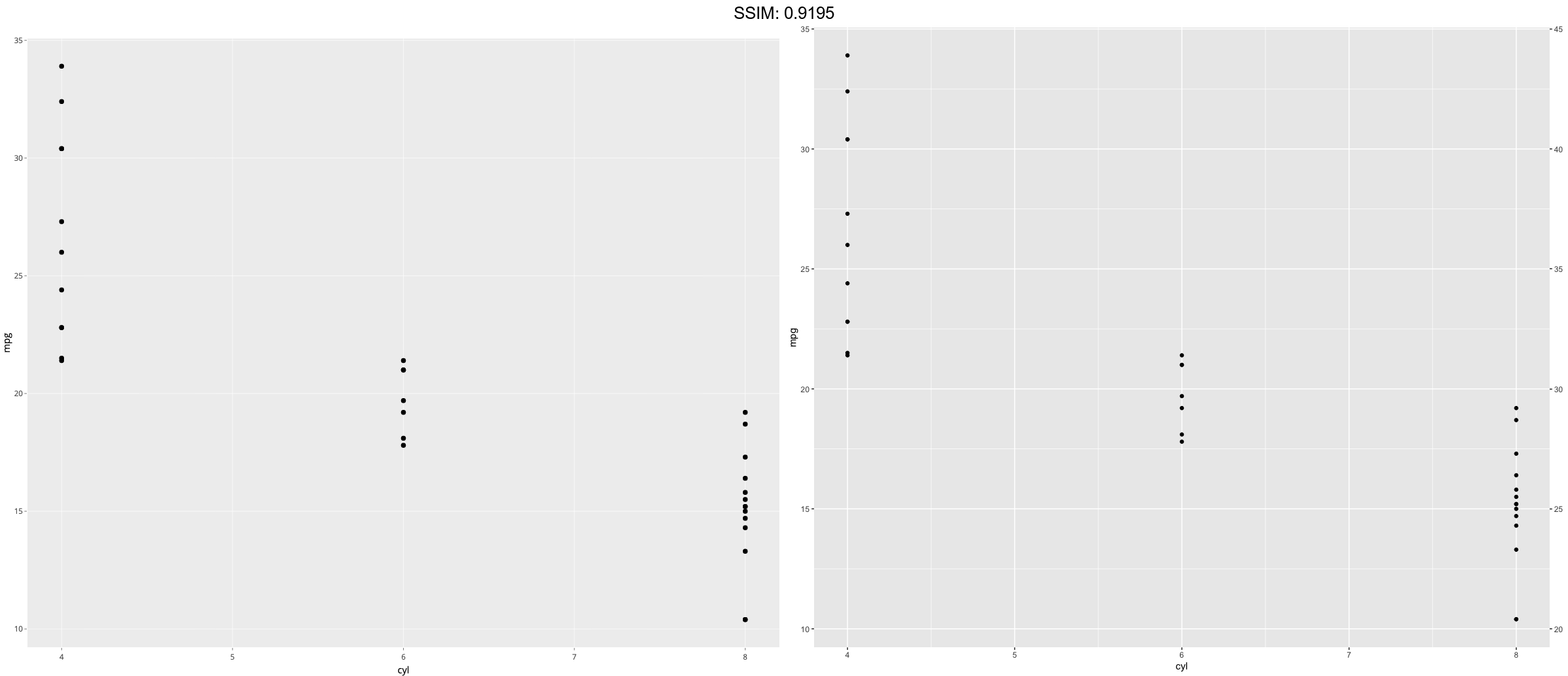

p <- ggplot(mtcars, aes(cyl, mpg)) +
geom_point()
p <- p + scale_y_continuous("Miles/gallon", sec.axis = sec_axis(~ . + 10, name = derive()))
plotly::ggplotly(p)

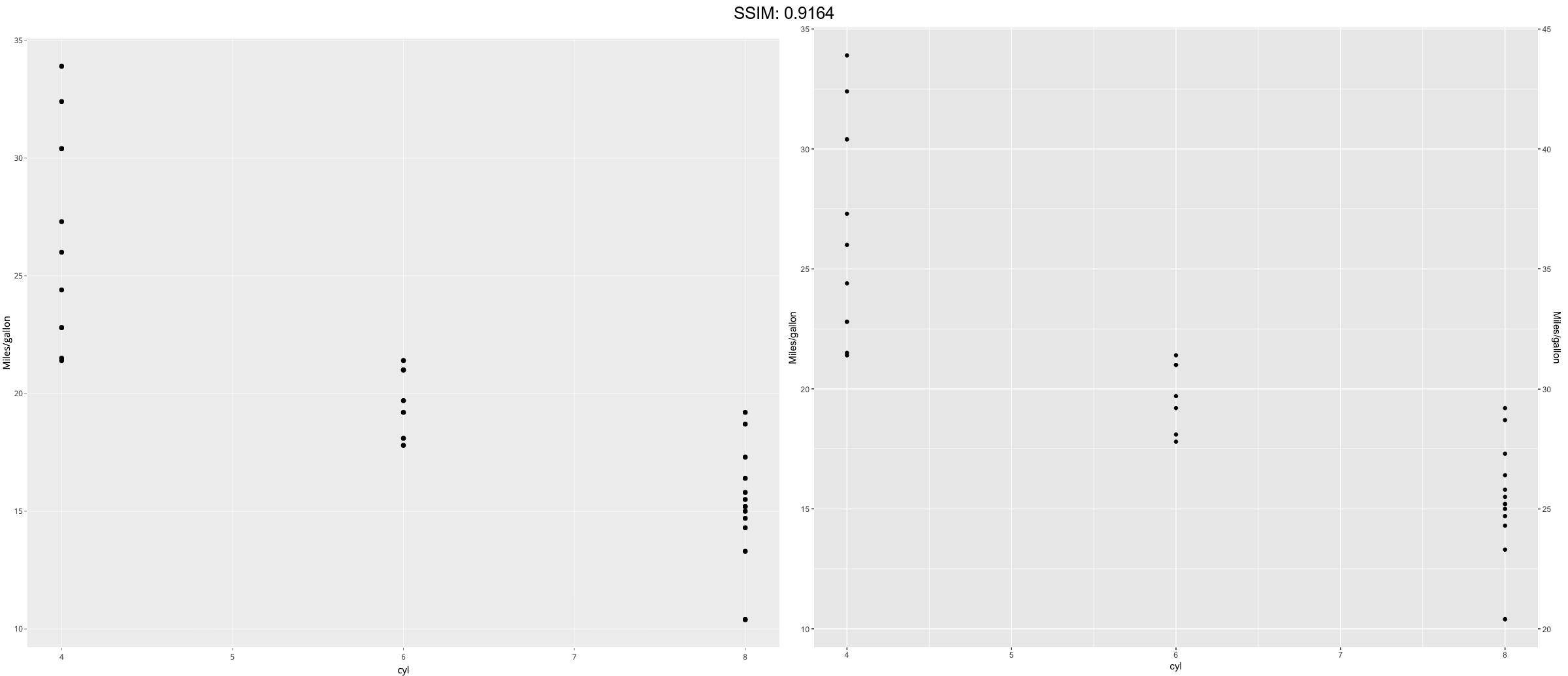

p <- ggplot(mtcars, aes(cyl, mpg)) + geom_point() p <- p + scale_y_continuous(sec.axis = dup_axis())
plotly::ggplotly(p)

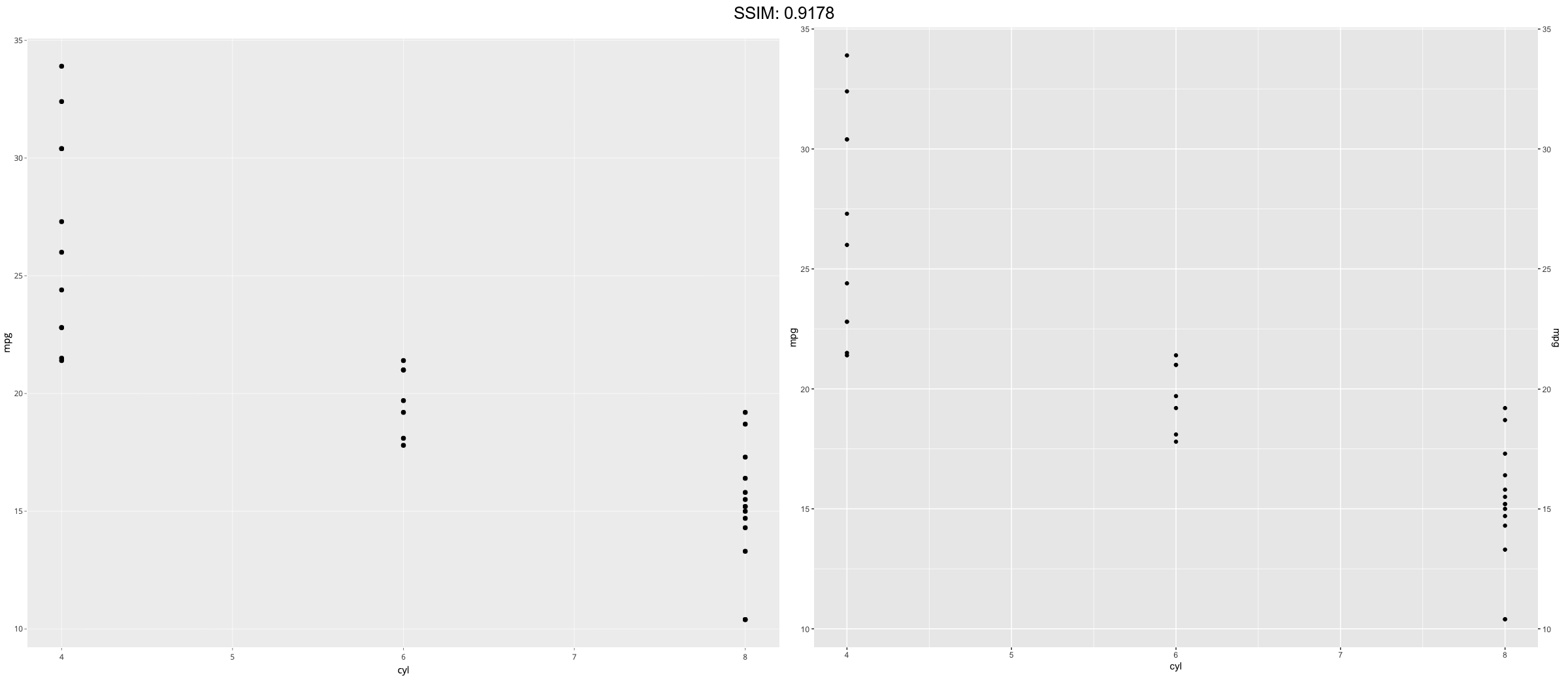

p <- ggplot(mtcars, aes(cyl, mpg)) + geom_point() p <- p + scale_y_continuous(sec.axis = ~ .^2)
plotly::ggplotly(p)

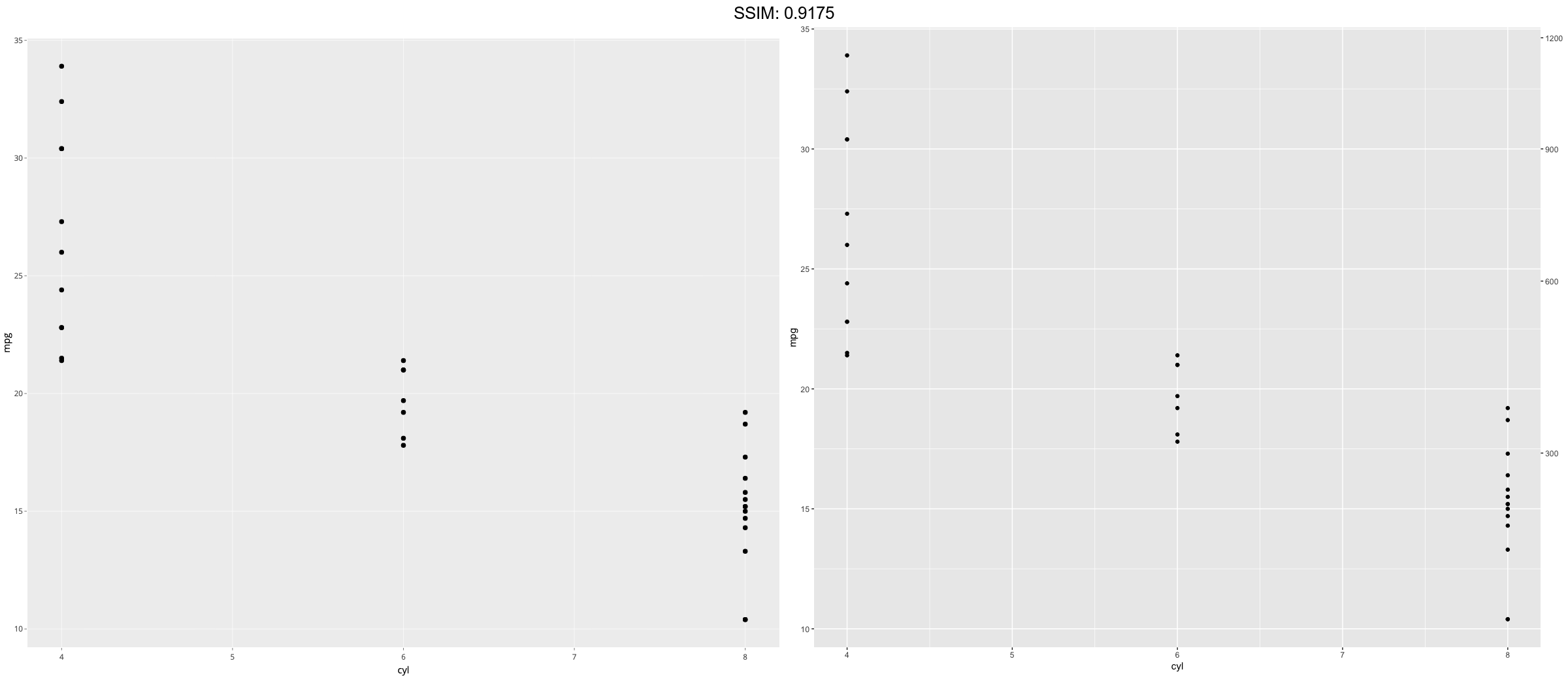

df <- data.frame(
dx = seq(
as.POSIXct("2012-02-29 12:00:00", tz = "UTC"),
length.out = 10,
by = "4 hour"
),
price = seq(20, 200000, length.out = 10)
)
p <-
ggplot(df, aes(x = dx, y = price)) +
geom_line() +
scale_x_datetime(
"Date",
date_labels = "%b %d",
date_breaks = "6 hour",
sec.axis = dup_axis(
name = "Time of Day",
labels = scales::time_format("%I %p")
)
)
plotly::ggplotly(p)

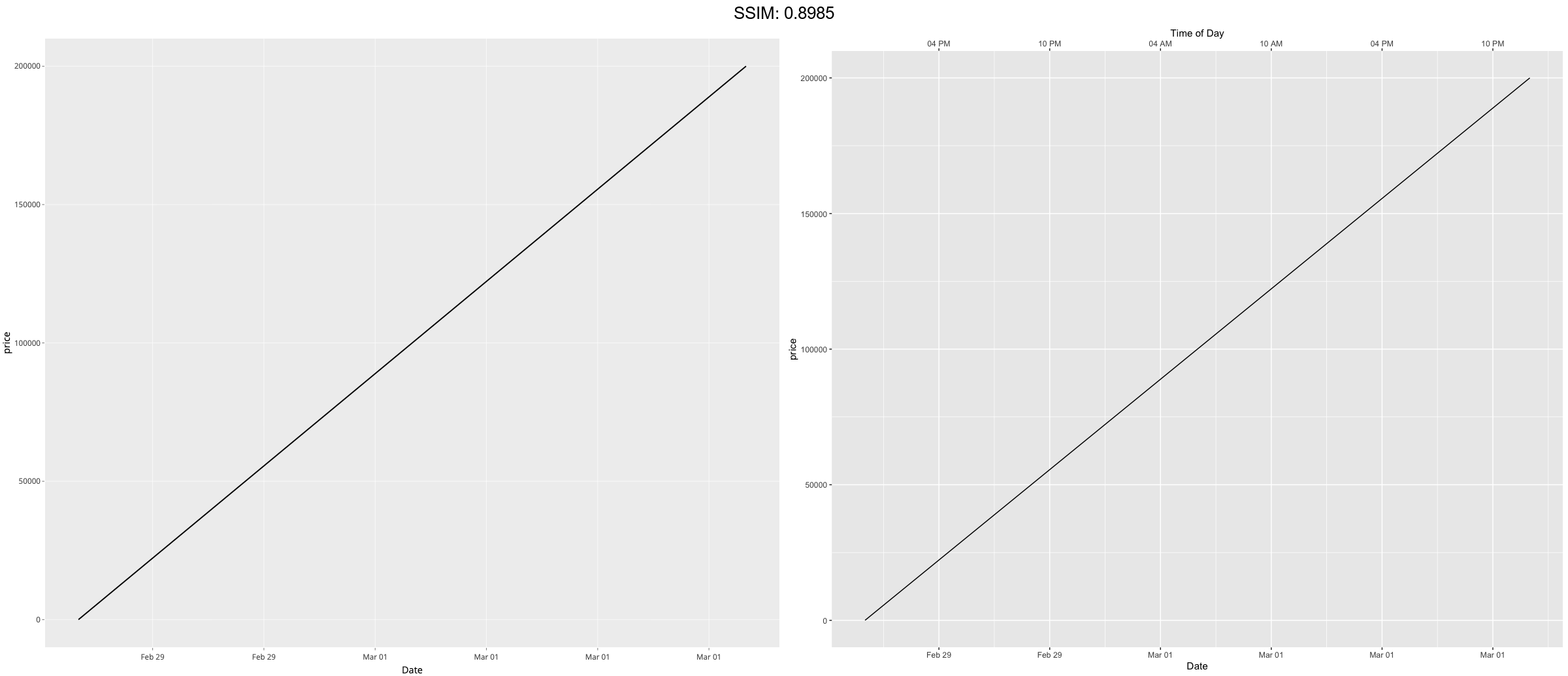

df <- data.frame(
dx = seq(
as.POSIXct("2012-02-29 12:00:00", tz = "UTC"),
length.out = 10,
by = "4 hour"
),
price = seq(20, 200000, length.out = 10)
)
p <-
ggplot(df, aes(x = dx, y = price)) +
geom_line() +
scale_x_datetime("
GMT",
date_labels = "%b %d %I %p",
sec.axis = sec_axis(
~ . + 8 * 3600,
name = "GMT+8",
labels = scales::time_format("%b %d %I %p")
)
)
plotly::ggplotly(p)

